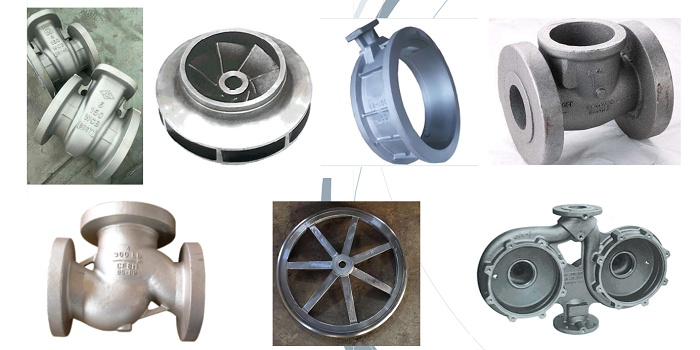Ductile iron casting plays a crucial role in the field of automotive engineering, providing numerous benefits and contributing to the production of high-quality automotive components. From engine parts to suspension components, ductile iron casting offers a unique set of properties that make it an ideal choice for various automotive applications. This article explores the role of ductile iron casting in automotive engineering.

- Engine Components: Ductile iron casting is widely used in the production of engine components, including engine blocks, cylinder heads, and crankshafts. The exceptional strength and durability of ductile iron make it suitable for withstanding the high pressures, temperature fluctuations, and mechanical stresses encountered in combustion engines. Ductile iron’s ability to dampen vibrations and reduce noise is also advantageous in engine design.
- Transmission and Drivetrain Parts: Ductile iron casting finds applications in the manufacturing of transmission and drivetrain components, such as transmission cases, differential housings, and axle components. These components require high strength, durability, and resistance to wear and fatigue. Ductile iron’s excellent machinability allows for precise manufacturing of gear teeth and other critical features, ensuring optimal performance and longevity.
- Suspension and Steering Components: Ductile iron casting is utilized in the production of suspension and steering components, including control arms, knuckles, and steering knuckles. These components require high strength, stiffness, and impact resistance to withstand the forces encountered during vehicle operation. Ductile iron’s ability to absorb shocks and vibrations contributes to improved ride comfort and handling characteristics.
- Brake System Components: Ductile iron casting is widely used in the manufacturing of brake system components, such as brake calipers, brake brackets, and brake drums. These components must exhibit excellent heat dissipation, high wear resistance, and dimensional stability to ensure efficient and reliable braking performance. Ductile iron’s thermal conductivity and superior resistance to deformation make it suitable for demanding braking applications.
- Chassis and Structural Components: Ductile iron casting finds applications in the production of chassis and structural components, including suspension brackets, cross members, and frame components. These components require high strength, stiffness, and impact resistance to ensure structural integrity and occupant safety. Ductile iron’s ability to withstand heavy loads and impact forces makes it a reliable choice for these critical components.
- Exhaust System Components: Ductile iron casting is utilized in the manufacturing of exhaust system components, such as exhaust manifolds. These components must withstand high temperatures, corrosive gases, and thermal cycling. Ductile iron’s excellent heat resistance, oxidation resistance, and thermal fatigue resistance make it suitable for the demanding conditions of the exhaust system.
- Cost-Effective Production: Ductile iron casting offers cost-effective production compared to alternative manufacturing methods for automotive components. The ability to produce complex shapes, high production rates, and efficient use of raw materials contribute to overall cost savings. This cost-effectiveness is essential in the automotive industry, where manufacturers strive to balance quality, performance, and affordability.
In conclusion, ductile iron casting plays a vital role in automotive engineering, contributing to the production of high-quality, reliable, and cost-effective automotive components. Its exceptional strength, durability, wear resistance, heat resistance, and machinability make it a preferred choice for a wide range of applications in the automotive industry. By utilizing ductile iron casting, automotive manufacturers can achieve optimal performance, safety, and efficiency in their vehicles.
